
The Ultimate Guide to Back Training: Building Strength, Preventing Injury, and Enhancing Overall Wellness

In the realm of fitness and wellness, few aspects are as crucial yet often overlooked as back training. A strong, healthy back is the cornerstone of overall physical well-being, supporting proper posture, facilitating daily movements, and contributing significantly to athletic performance.
In this comprehensive guide, we’ll delve deep into the world of back training, exploring the most effective exercises, proper techniques, and the myriad benefits of a well-developed back. Whether you’re a seasoned fitness enthusiast or just beginning your wellness journey, this article will equip you with the knowledge and tools to transform your back training routine and elevate your overall health.

Are you ready to transform your back workout routine? Whether you’re a seasoned gym-goer or just starting out, incorporating the best back exercises into your regimen is essential for muscle growth and overall strength. From the bent-over row to the single-arm dumbbell row, these exercises target the muscles of the back, including the latissimus dorsi muscle, upper traps, and lower traps.
One of the great exercises to include is the chest-supported row, which helps maintain a straight line throughout your torso, reducing the risk of lower back pain. For those looking to enhance their workout at home, resistance bands and a pair of dumbbells can be a game-changer. You can perform unilateral back exercises like the renegade row or reverse fly to engage your rear deltoids and spinal erectors effectively.

To achieve the best results, focus on maintaining a neutral grip and a slight bend in your knees while performing these movements. This not only protects your shoulder joint but also ensures that you engage your abdominal muscles and lower body throughout the entire time of the workout.
Remember to take a deep breath and lift with intention, especially when using heavy weights. Incorporating these techniques into your workout plan will not only build muscle mass but also enhance your sports performance. So, grab your medicine ball or barbell, and let’s get started on building a muscular back that supports your fitness goals!

Understanding the Anatomy of the Back
Before we dive into specific exercises, it’s essential to understand the complex anatomy of the back muscles. This knowledge will help you appreciate the importance of each exercise and how it contributes to overall back strength and health.The back muscles can be categorized into two main groups: extrinsic (superficial) and intrinsic (deep) muscles. Each group plays a distinct role in supporting the spine, facilitating movement, and maintaining posture.
Extrinsic Back Muscles
The extrinsic muscles are primarily involved in the movement of the upper limbs and are further divided into superficial and intermediate layers.
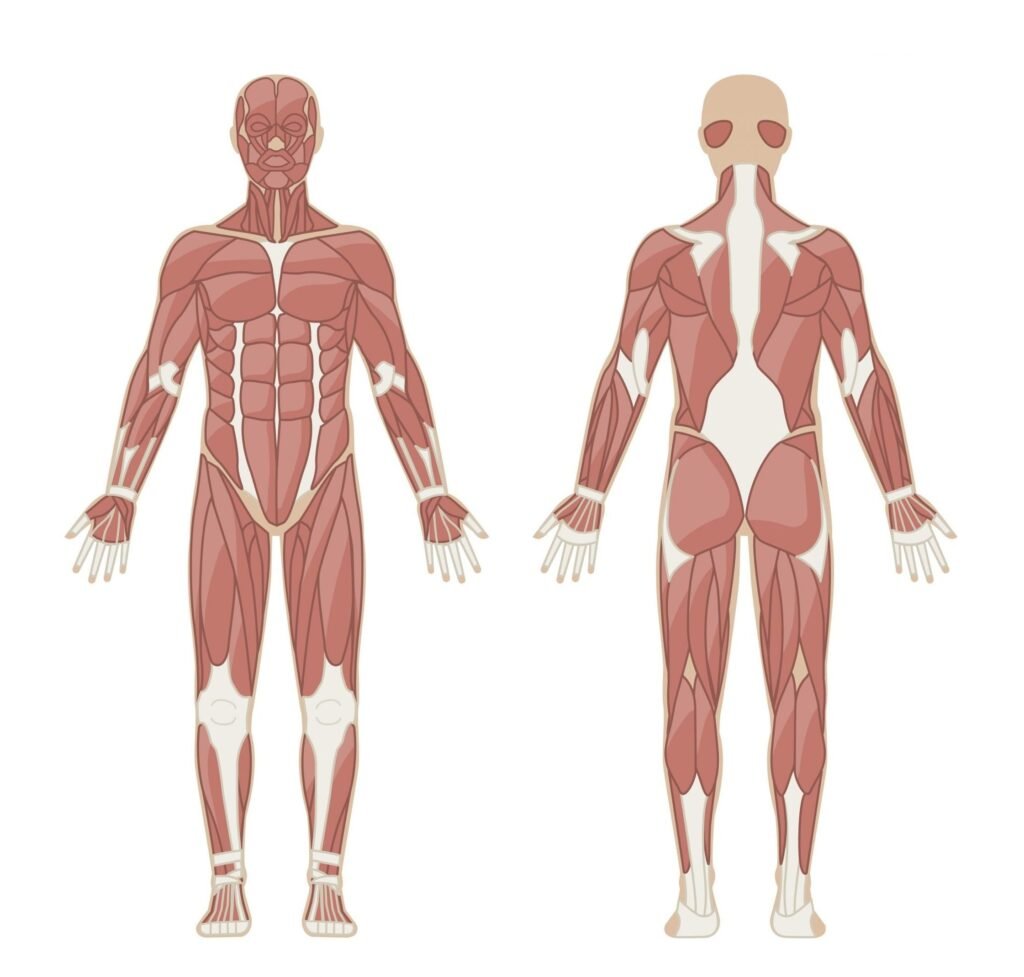
Superficial Layer
- This large, triangular muscle stabilizes, elevates, depresses, retracts, and rotates the scapula. It also contributes to lateral flexion and rotation of the head.
- Often referred to as the “lats,” this is the widest muscle of the back. It’s responsible for extending, adducting, and internally rotating the arm, as well as pulling the pectoral girdle backward.
- This muscle elevates the scapula and assists in the lateral flexion of the neck.
- These muscles retract the scapula, pulling it towards the spine, and provide shoulder stability.
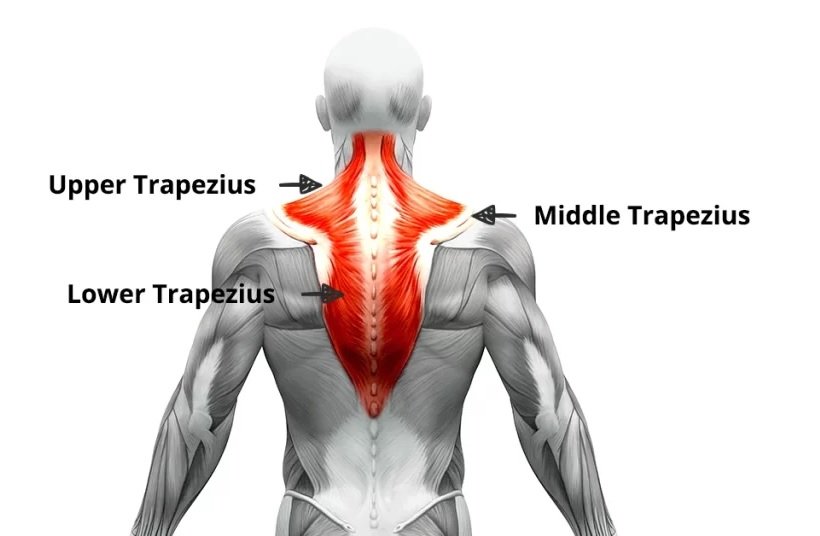
Intermediate Layer
Serratus Posterior Superior: This muscle elevates the upper ribs to aid in inhalation.
- It depresses the lower ribs, assisting with exhalation.

Intrinsic Back Muscles
The intrinsic muscles, also known as the deep back muscles, are responsible for stabilizing the spine and maintaining posture. They are further divided into three sub-layers:
This group is the primary extensor of the spine and helps maintain an upright posture:
- Iliocostalis: Extends and laterally flexes the spine.
- Longissimus: Extends and rotates the head and spine.
- Spinalis: Extends the vertebral column and helps maintain posture.
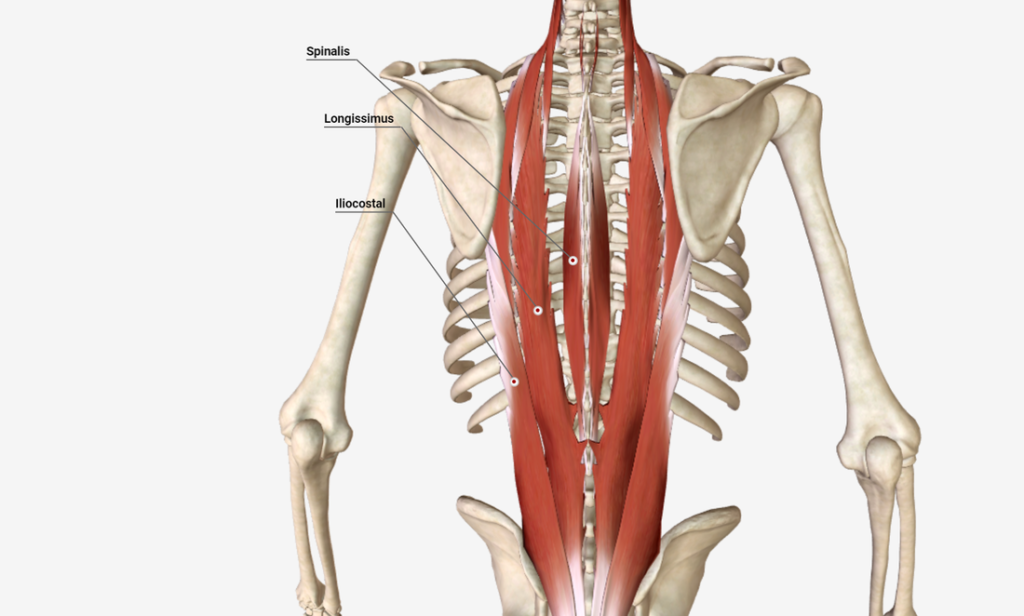
These muscles connect the transverse processes of the vertebrae to the spinous processes and play a crucial role in fine control and stabilization of the spine:
- Semispinalis: Extends and stabilizes the spine and head.
- Multifidus: Stabilizes the vertebral column during movement.
- Rotatores: Assist in rotating and stabilizing individual vertebrae.
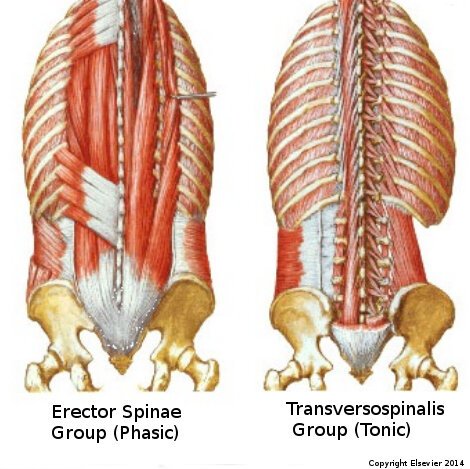
This includes the levatores costarum, interspinales, and intertransversarii muscles, which stabilize vertebrae and control fine spinal movements. Understanding this complex anatomy underscores the importance of a well-rounded back training routine that targets all these muscle groups for optimal strength, stability, and function.
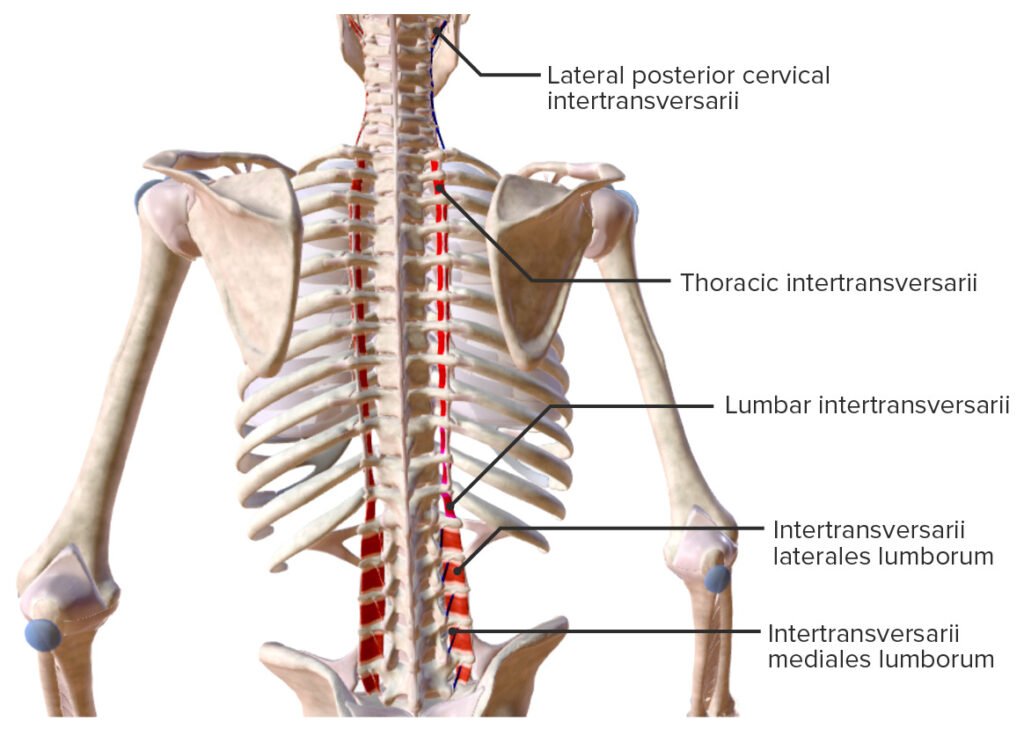
READ MORE: Must-Do Shoulder Training Complete Guide!
The Benefits of a Strong Back
Developing a strong back offers numerous benefits that extend far beyond mere aesthetics. Let’s explore the myriad advantages of incorporating regular back training into your fitness routine:
- Pain Reduction: Strengthening the back can help alleviate and prevent back pain, a common ailment affecting many individuals. By supporting the spine and improving its stability, strong back muscles can reduce the likelihood of pain and injury.
- Improved Posture: A strong back is crucial for maintaining good posture. Proper posture not only enhances physical appearance but also reduces the risk of developing musculoskeletal issues. Strong back muscles help align the spine correctly, preventing slouching and the associated discomfort.

- Enhanced Mobility and Flexibility: A strong back supports better mobility and flexibility, which are essential for performing daily activities efficiently and safely. This is especially important as we age, as maintaining mobility can significantly impact quality of life.
- Injury Prevention: Strong back muscles act as a protective layer, insulating the body against common injuries. This is particularly beneficial for athletes and individuals engaged in physical activities, as a robust back can withstand more stress and reduce the risk of strains and sprains.
- Improved Athletic Performance: A strong back enhances overall strength and power, which translates to better performance in sports and other physical activities. This is because many movements in sports require a stable and strong core, of which the back is a crucial component.

- Overall Well-being and Quality of Life: Maintaining strong back muscles contributes to overall well-being and quality of life. It supports physical health, reduces the risk of chronic conditions, and enhances the ability to perform everyday tasks with ease and confidence.
- Support for Core Strength: The back is a vital part of the core, which is the stabilizer of the body. A strong core, including the back, is essential for balance, stability, and efficient movement.
By incorporating regular back training into your fitness routine, you’re not just building muscle; you’re investing in your overall health and well-being, setting the foundation for a more active, pain-free lifestyle.

The Most Effective Back Exercises
Now that we understand the anatomy of the back and the benefits of strengthening it, let’s explore some of the most effective back exercises. These exercises have been selected based on scientific studies and expert opinions, ensuring you get the most out of your back training routine.
1. Deadlifts
The deadlift is often hailed as the king of back exercises, and for good reason. It’s a compound movement that targets multiple muscle groups, including the erector spinae, glutes, and hamstrings, making it a comprehensive exercise for overall back development.
How to perform:
- Stand with feet hip-width apart, with a barbell over the mid-foot.
- Bend at the hips and knees to grip the bar with hands shoulder-width apart.
- Keep your back straight and chest up as you lift the bar by extending your hips and knees.
- Stand fully upright, then lower the bar back to the ground by hinging at the hips and bending the knees .
Pro tip: Start with lighter weights to master the form before progressing to heavier loads. Proper form is crucial to prevent injury and maximize benefits.

2. Pull-Ups and Chin-Ups
Pull-ups and chin-ups are excellent for targeting the latissimus dorsi and other upper back muscles. These exercises are highly effective for building upper body strength and improving muscle definition.
How to perform:
- Hang from a pull-up bar with an overhand grip (for pull-ups) or underhand grip (for chin-ups), hands slightly wider than shoulder-width.
- Engage your core and pull your body up until your chin is above the bar.
- Lower yourself back to the starting position with control, avoiding swinging or using momentum .
Pro tip: If you’re unable to perform full pull-ups, start with assisted pull-ups using resistance bands or a machine. Gradually work your way up to unassisted pull-ups as your strength improves.
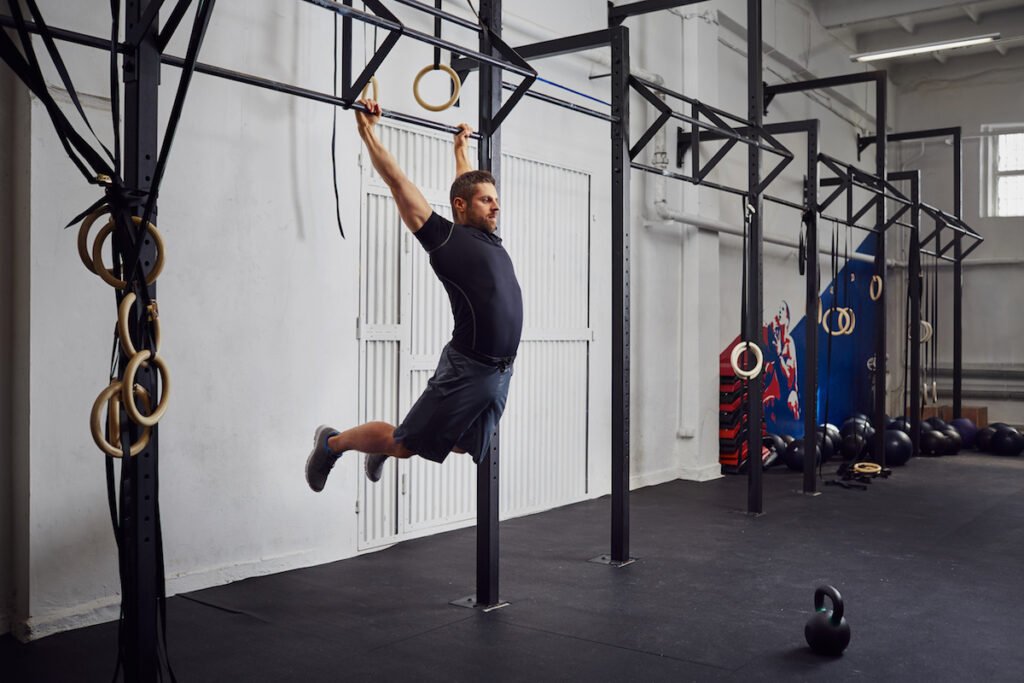
3. Barbell Rows
Barbell rows are another compound exercise that effectively targets the middle back, including the rhomboids and trapezius. This exercise is beneficial for enhancing back thickness and strength.
How to perform:
- Stand with feet shoulder-width apart, holding a barbell with an overhand grip.
- Bend your knees slightly and hinge at the hips, keeping your back straight until your torso is at a 45-degree angle to the floor.
- Pull the barbell towards your lower rib cage, keeping elbows close to your body.
- Squeeze your shoulder blades together at the top of the movement.
- Lower the barbell back to the starting position in a controlled manner .
Pro tip: Focus on squeezing your shoulder blades together at the top of the movement to maximize muscle engagement.

4. Lat Pulldowns
Lat pulldowns are a great alternative to pull-ups, especially for beginners. They focus on the latissimus dorsi and help in building a V-shaped back. How to perform:
- Sit at a lat pulldown machine and adjust the thigh pad to secure your legs.
- Grasp the bar with a wide overhand grip.
- Pull the bar down towards your chest, keeping your elbows pointed down and back.
- Squeeze your shoulder blades together at the bottom of the movement.
- Slowly return the bar to the starting position.
Pro tip: Experiment with different grip widths to target slightly different areas of your back muscles.

5. Seated Cable Rows
Seated cable rows are effective for targeting the middle back muscles, including the rhomboids and trapezius. This exercise helps in improving posture and back strength
.How to perform:
- Sit at a cable row machine with your feet on the footrests and knees slightly bent.
- Grasp the cable attachment with both hands.
- Pull the cable towards your lower abdomen, keeping your back straight and elbows close to your body.
- Squeeze your shoulder blades together at the end of the movement.
- Slowly extend your arms to return to the starting position.
Pro tip: Maintain a straight back throughout the movement to maximize muscle engagement and minimize the risk of injury.

6. Superman Exercise
The superman exercise is a simple yet effective way to strengthen the lower back. It involves lying face down and lifting the arms and legs simultaneously, engaging the erector spinae.
How to perform:
- Lie face down on a mat with your arms extended in front of you.
- Simultaneously lift your arms, legs, and chest off the ground.
- Hold this position for a few seconds, then lower back down.
- Repeat for the desired number of repetitions.
Pro tip: If you find this exercise too challenging at first, start by lifting only your arms or only your legs, then progress to lifting both simultaneously.By incorporating these exercises into your back training routine, you’ll be targeting all the major muscle groups of the back, ensuring comprehensive development and strength gains.
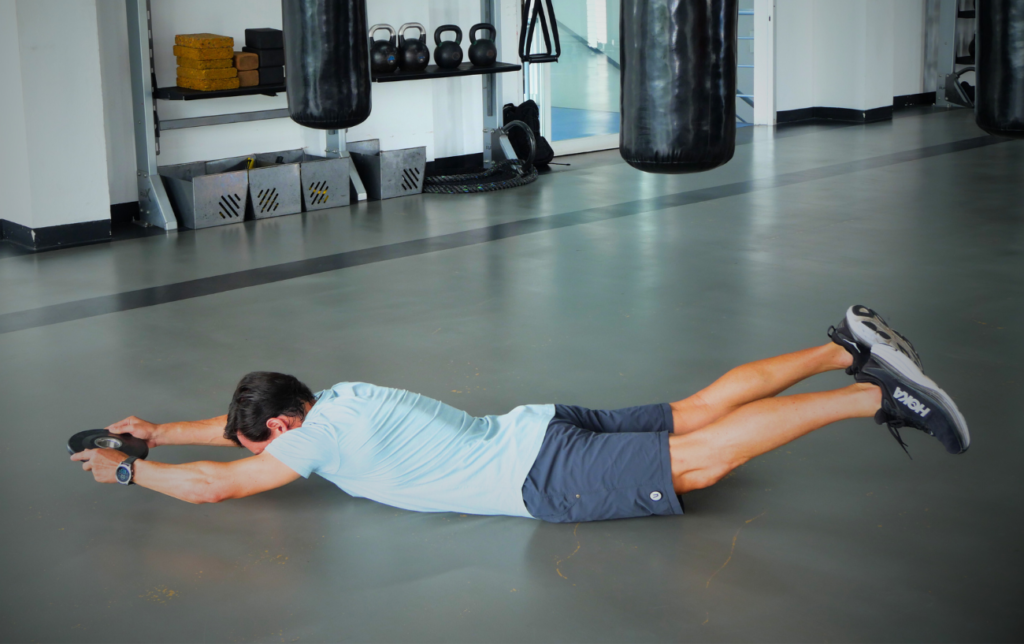
Structuring Your Back Workout Routine
Now that we’ve covered the most effective back exercises, let’s discuss how to structure a comprehensive back workout routine. A well-designed routine should target all the major muscle groups of the back, incorporate proper warm-up and cool-down periods, and allow for progressive overload to continually challenge your muscles.
Here’s a sample back workout routine that incorporates the exercises we’ve discussed:
- Warm-up (5-10 minutes): Light cardio (e.g., jogging in place, jumping jacks)Dynamic stretches focusing on the back and shoulders
- Light cardio (e.g., jogging in place, jumping jacks)
- Dynamic stretches focusing on the back and shoulders
- Main Workout:
Deadlifts: 3-4 sets of 6-8 reps
Pull-ups or Assisted Pull-ups: 3-4 sets of 6-8 reps
Barbell Rows: 3-4 sets of 8-10 reps
Lat Pulldowns: 2-3 sets of 10-12 reps
Seated Cable Rows: 2-3 sets of 10-12 reps
Superman Exercise: 2-3 sets of 12-15 reps
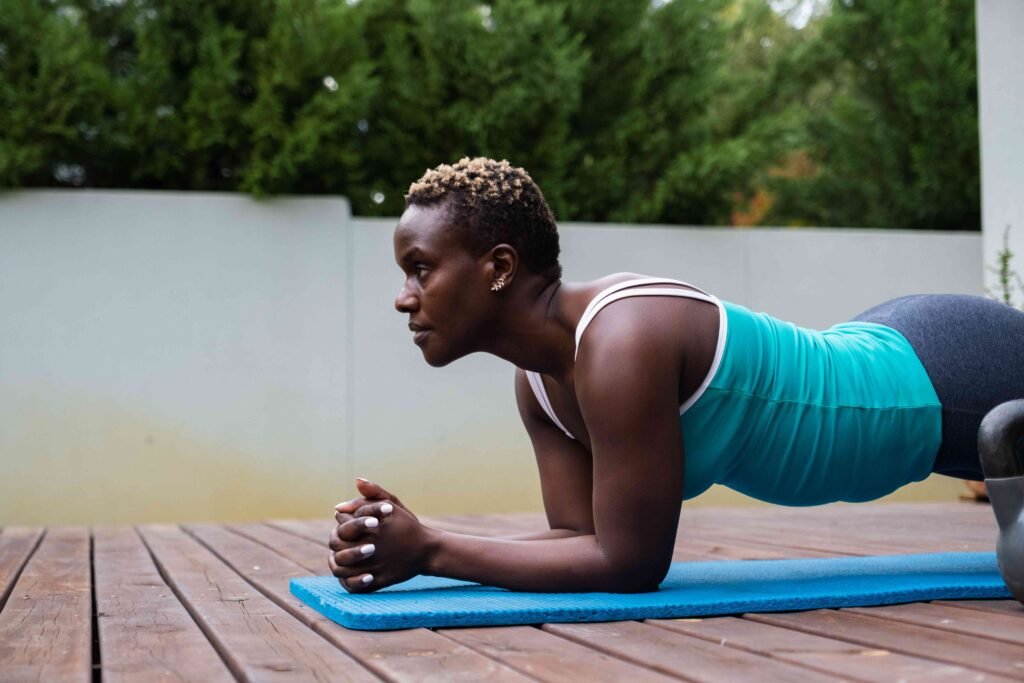
- Deadlifts: 3-4 sets of 6-8 reps
- Pull-ups or Assisted Pull-ups: 3-4 sets of 6-8 reps
- Barbell Rows: 3-4 sets of 8-10 reps
- Lat Pulldowns: 2-3 sets of 10-12 reps
- Seated Cable Rows: 2-3 sets of 10-12 reps
- Superman Exercise: 2-3 sets of 12-15 reps
- Cool Down (5-10 minutes): Static stretches focusing on the back and shoulders
- Static stretches focusing on the back and shoulders
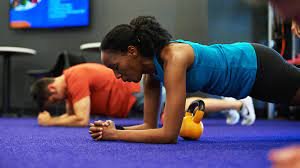
Pro tips for structuring your routine:
- Start with compound exercises like deadlifts and pull-ups when you’re fresh and have the most energy.
- Gradually increase the weight or resistance as you become stronger to ensure continued progress.
- Allow for adequate rest between sets (typically 1-2 minutes) to maintain proper form and intensity.
- Listen to your body and adjust the routine as needed. If you’re feeling particularly fatigued, it’s okay to reduce the volume or intensity of your workout.
- Remember, consistency is key when it comes to back training. Aim to incorporate this routine into your workout schedule 1-2 times per week, allowing for adequate rest and recovery between sessions.
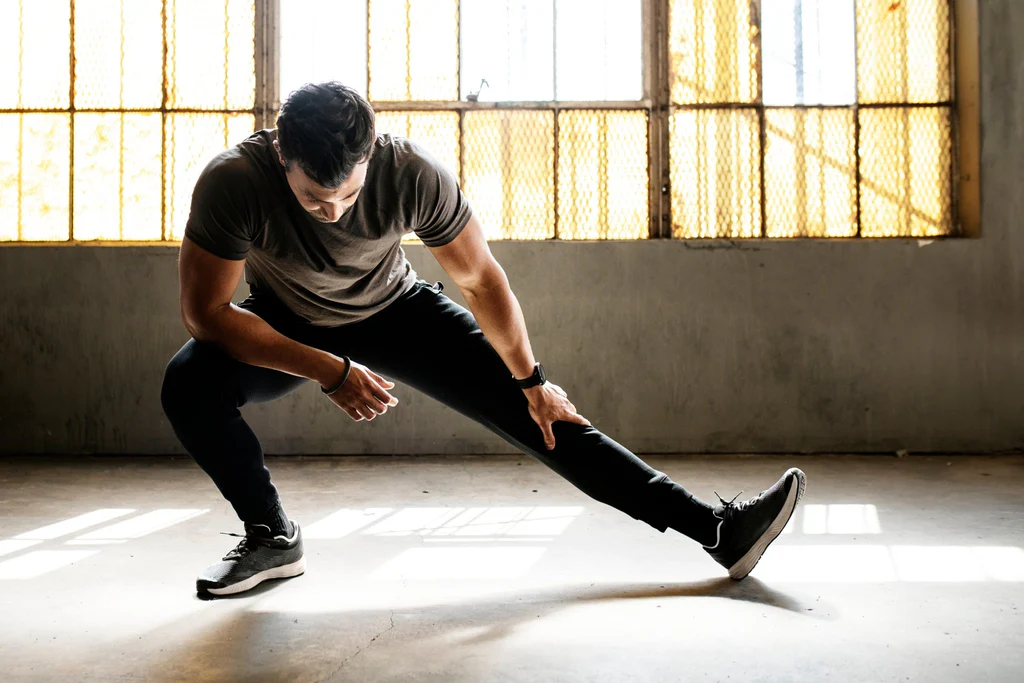
Proper Form and Technique: The Key to Effective Back Training
While knowing which exercises to perform is crucial, understanding and maintaining proper form and technique is equally important. Proper form not only maximizes the effectiveness of each exercise but also significantly reduces the risk of injury.
Here are some key points to keep in mind for maintaining proper form during back exercises:
- Control the Movement: Avoid using momentum to lift weights. Instead, focus on controlled movements that engage the target muscles throughout the entire range of motion.
- Maintain a Neutral Spine: Throughout all back exercises, it’s crucial to maintain a neutral spine. This means avoiding excessive arching or rounding of the back, which can put undue stress on the spine and increase the risk of injury.
- Engage Your Care: Before and during each exercise, engage your core muscles. This helps stabilize your spine and maintain proper form throughout the movement.

- Full Range of Motion: Ensure you’re moving through the full range of motion for each exercise. This maximizes muscle engagement and promotes flexibility.
- Proper Breathing: Breathe steadily throughout each exercise. Generally, exhale during the exertion phase (lifting or pulling) and inhale during the return phase (lowering or releasing).
- Mind-Muscle Connection: Focus on feeling the target muscles working during each exercise. This mental engagement can enhance muscle activation and improve the effectiveness of your workouts.
- Start Light and Progress Gradually: Begin with lighter weights to master the form of each exercise before progressing to heavier loads. This approach helps prevent injury and ensures you’re targeting the correct muscles.
By adhering to these principles of proper form and technique, you’ll not only maximize the benefits of your back training but also significantly reduce the risk of injury, allowing for consistent, long-term progress in your fitness journey.

Common Mistakes and How to Avoid Them
Even with the best intentions, it’s easy to fall into common pitfalls when it comes to back training. Being aware of these mistakes and knowing how to avoid them can significantly improve the effectiveness of your workouts and reduce the risk of injury.
Here are some common mistakes to watch out for:
- Improper Form and Technique:
Mistake: Not keeping the spine neutral while performing exercises such as pull-ups and chin-ups can cause strain on the back muscles and spinal ligaments, even risking disc dislocation.
Prevention: Activate your core muscles, keep your spine neutral, and control your movements. Consider recording your workout or working with a personal trainer to ensure correct technique.
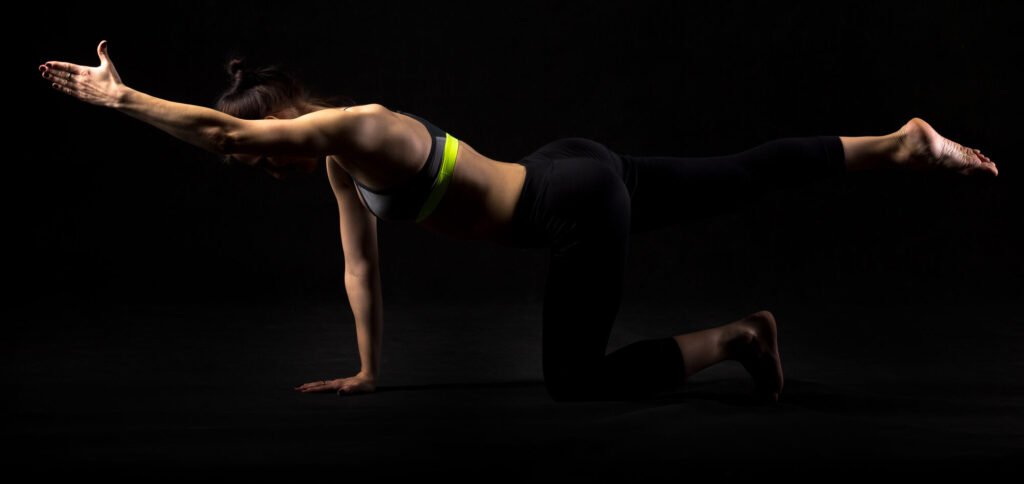
- Overtraining a Specific Muscle Group
Mistake: Focusing too much on the upper back muscles while neglecting the lower back muscles can cause muscle imbalances and increase the risk of injury.
Prevention: Perform a balanced workout routine, including exercises for both the upper and lower back. Exercises such as deadlifts, donkey kicks, and hyperextension can help train the lower back.
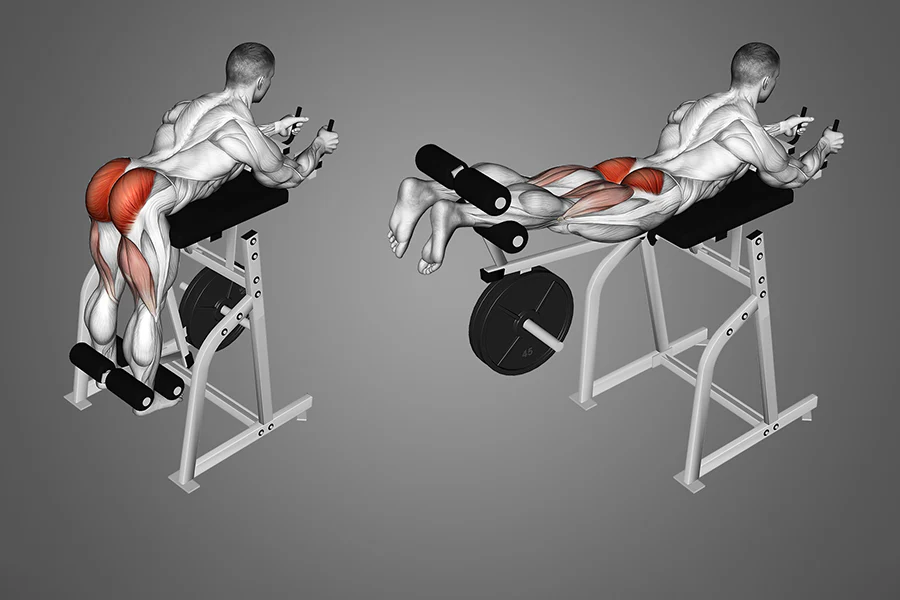
- Lifting Excessive Weight (Ego Lifting)
Mistake: Lifting weights that are too heavy can reduce the quality of technique and range of motion, resulting in poor muscle activation and increased risk of injury.
Prevention: Focus on proper technique and increase the weight gradually. Make sure you perform the movement with full range to optimize muscle activation.

- Skipping the Warm-Up
Mistake: Not warming up or doing flexibility exercises can leave muscles cold and stiff, making them more prone to injury.
Prevention: Perform dynamic exercises and stretches to prepare your muscles before training. Activities like jumping jacks and arm circles can be part of your warm-up.

- Neglecting Core Muscle Activation
Mistake: Not activating the core muscles can lead to incorrect technique and increased stress on the back.
Prevention: Activate your core muscles before and during exercise to stabilize the spine and improve posture.
By paying attention to these common mistakes and actively working to avoid them, you can ensure a safe and effective back workout, resulting in better results and reduced risk of injury.

Conclusion: Embracing the Journey to a Stronger Back
As we’ve explored throughout this comprehensive guide, back training is a crucial component of overall fitness and wellness. A strong, healthy back not only enhances your physical appearance but also contributes significantly to your overall quality of life. From improved posture and reduced pain to enhanced athletic performance and injury prevention, the benefits of a well-developed back are numerous and far-reaching.

Remember, the journey to a stronger back is not a sprint but a marathon. It requires consistency, patience, and a commitment to proper form and technique. By incorporating the exercises and principles outlined in this guide into your fitness routine, you’re taking a significant step towards a healthier, stronger you.Whether you’re just beginning your fitness journey or looking to take your back training to the next level, the key is to start where you are and progress gradually. Listen to your body, celebrate small victories, and don’t be afraid to seek guidance from fitness professionals when needed.

As you embark on or continue your back training journey, keep in mind that every rep, every set, and every workout is an investment in your long-term health and well-being. Embrace the challenge, stay consistent, and watch as your efforts translate into a stronger, more resilient back and an overall improved quality of life. Here’s to your journey towards a stronger back and a healthier you!

